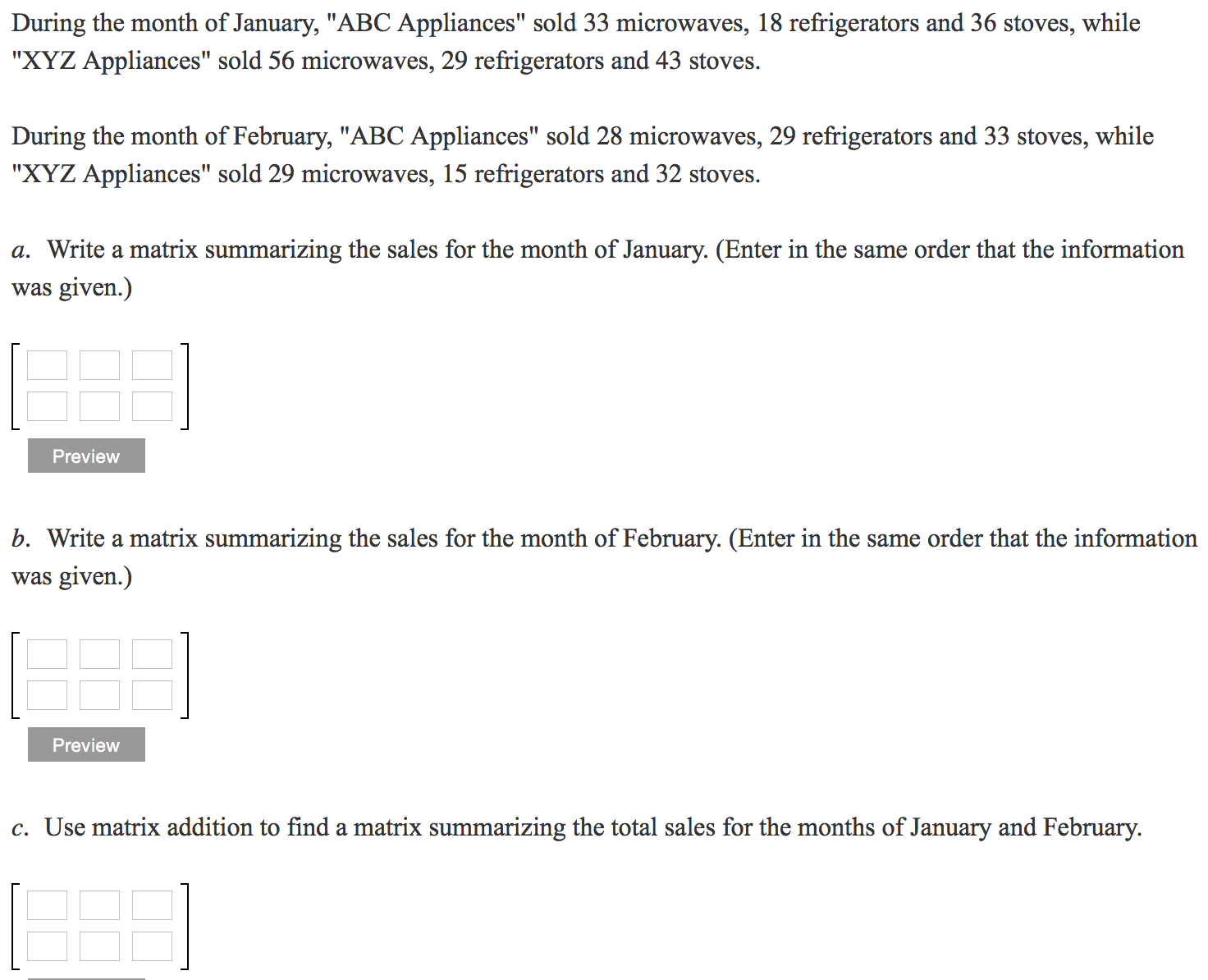

Applications of the derivative to business and social science (e.g., marginal cost, marginal revenue, marginal profit, elasticity of demand, optimization).Ĩ. Computing derivatives using differentiation formulas (polynomial, exponential, logarithmic), including higher order derivatives.Ħ. Computing derivatives using the limit definition (linear and quadratic only).ĥ. Average and instantaneous rates of change.ģ.The derivative as a slope of a tangent line and rate of change.Ĥ. Pre-requisite(s) MATH 111 min 2.0 or MATH& 141 min 2.0Ĭourse Note Graphing Calculator Required TI-84 recommendedĭesigned to Serve Students in business management and social sciences requiring calculus.Ĭontact Hours: Lecture 55 Lab 0 Field Studies 0 Clinical 0 Independent Studies 0Ģ. Multivariate Calculus: Partial derivatives, Maximal and Minima, Maxima and Minima Subject to Constraining Conditions Using LaGrange MultipliersĮach student will be required to have the textbook, on-line homework system and calculator adopted by the Mathematics Department at the specific campus.A survey of topics in differential and integral calculus, emphasizing application to business management and social sciences.Applications of Integral Calculus in Business and the Social Sciences.Integration: Antiderivatives, Indefinite Integral, Techniques of Integration, Definite Integral, Area Under and Between Curves.Additional Differentiation Topics: Differentiation of Exponential and Logarithmic Functions and Implicit Differentiation.Applications of the Derivative: Graphing and Finding Maxima and Minima of Functions.Differentiation: The Derivative of a Function, Techniques of Differentiation, Higher Order Derivatives and the Chain Rule.

Apply partial derivatives to optimization problems involving multivariate functions, including those subject to constraining conditions.Solve application problems using the definite integral.Compute the area of a region using the definite integral.Calculate the definite integral of a function.


Differentiate polynomial, rational, exponential and logarithmic functions, including those that require implicit differentiation.Identify intervals in which polynomial, rational, exponential and logarithmic function are continuous.Compute limits of polynomial, rational, exponential and logarithmic functions.Upon successful completion of the course, the student will: Topics include: Explicit and implicit differentiation of polynomial, rational, exponential and logarithmic functions graphing techniques based on the first and second derivatives of a function definite and indefinite integration partial differentiation of multivariate functions maximization and minimization of functions. Tweet this Page (opens a new window) Add to Portfolio (opens a new window)Ī calculus course designed for students majoring in business and social sciences.


 0 kommentar(er)
0 kommentar(er)
